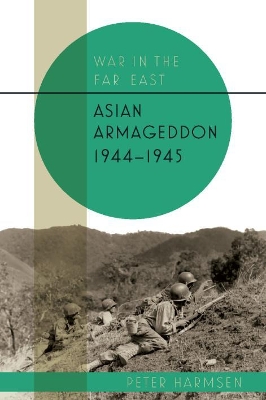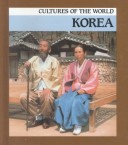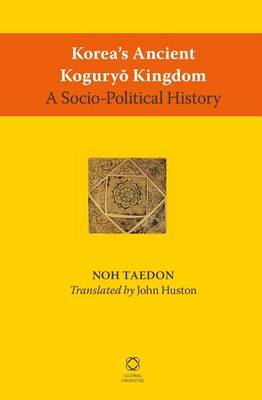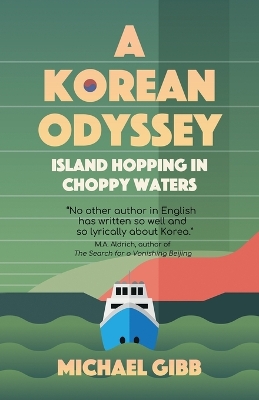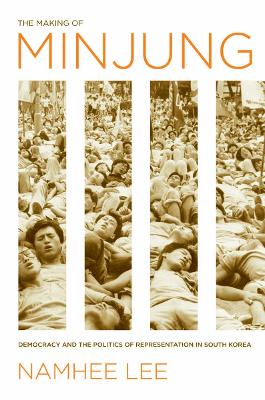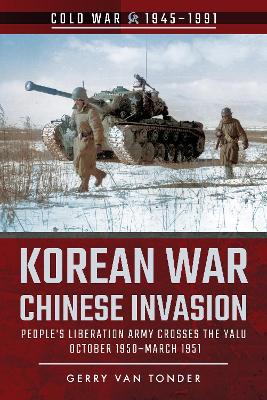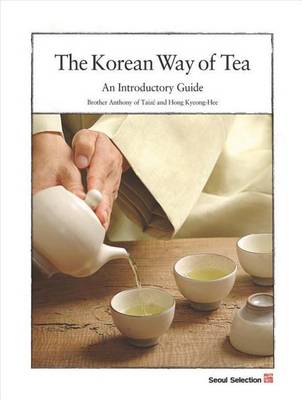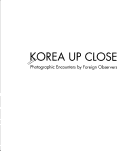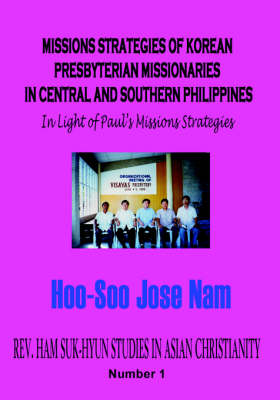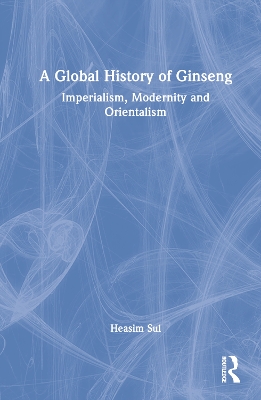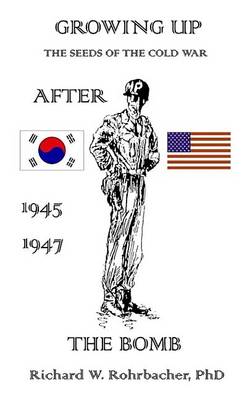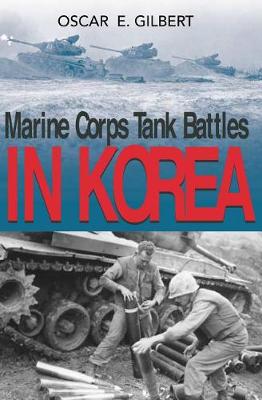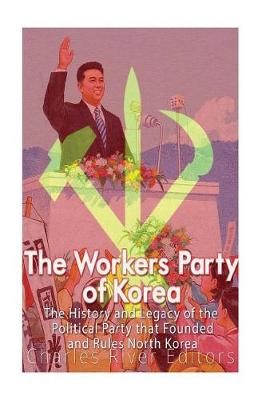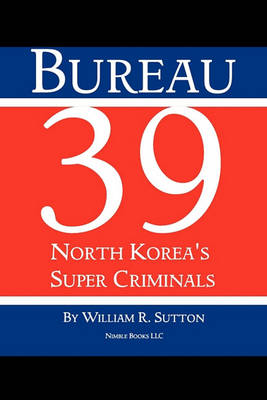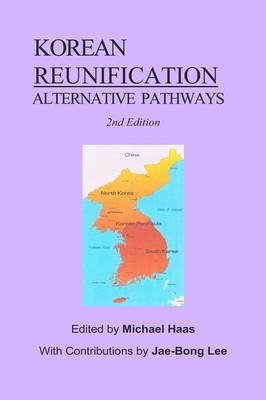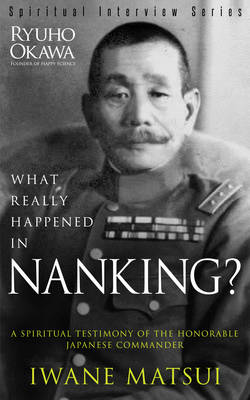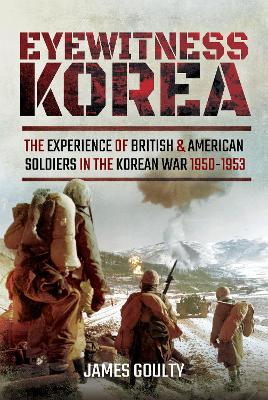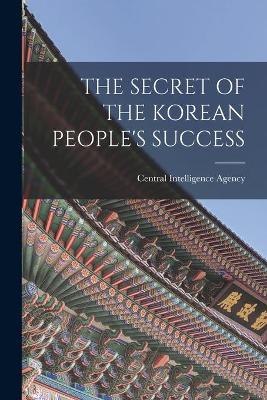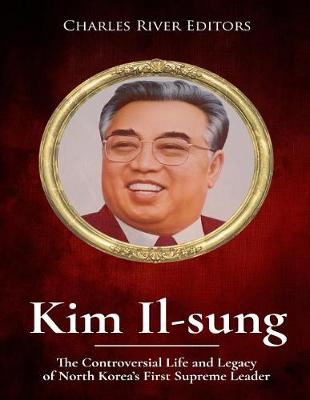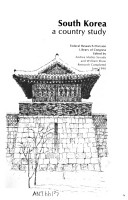The last instalment of the War in the Far East trilogy, Asian Armageddon 1944-1945, continues and completes the narrative of the first two volumes, describing how a US-led coalition of nations battled Japan into submission through a series of cataclysmic encounters. Leyte Gulf, the biggest naval battle ever, was testimony to the paramount importance of controlling the ocean, as was the fact that the US Navy carried out the only successful submarine campaign in history, reducing Japan's military...
Politics of Gender in Colonial Korea (Asia Pacific Modern, #3)
by Theodore Jun Yoo
This study examines how the concept of "Korean woman" underwent a radical transformation in Korea's public discourse during the years of Japanese colonialism. Theodore Jun Yoo shows that as women moved out of traditional spheres to occupy new positions outside the home, they encountered the pervasive control of the colonial state, which sought to impose modernity on them. While some Korean women conformed to the dictates of colonial hegemony, others took deliberate pains to distinguish between w...
Korea (Cultures of the World, Second, #7) (Cultures of the world)
by Jill DuBois
Korea S Ancient Koguryo Kingdom: A Socio-Political History
by Taedon Noh
In this sweeping intellectual and cultural history of the minjung ("common people's") movement in South Korea, Namhee Lee shows how the movement arose in the 1970s and 1980s in response to the repressive authoritarian regime and grew out of a widespread sense that the nation's "failed history" left Korean identity profoundly incomplete.The Making of Minjung captures the movement in its many dimensions, presenting its intellectual trajectory as a discourse and its impact as a political movement,...
Korean War - Chinese Invasion (Cold War, 1945-1991)
by Gerry van Tonder
In his first four volumes on the Korean War, the author traces the war's progress from the North Korean invasion of June 1950, the desperate American defence of the Pusan Perimeter, General Douglas MacArthur's daring and highly successful amphibious offensive at Inch'?n, and his subsequent advance across the 38th Parallel to the Yalu River on the Chinese Manchurian border Communist Chinese forces, that have been secretly infiltrating North Korean territory by slipping across the Yalu from mid-O...
Korea Up Close
Missions Strategies of Korean Presbyterian Missionaries in Central and Southern Philippines
by Hoo-Soo, Jose Nam
Sul’s history of the international ginseng trade reveals the cultural aspects of international capitalism and the impact of this single commodity on relations between the East and the West. Ginseng emerged as a major international commodity in the seventeenth century, when the East India Company began trading it westward. Europeans were drawn to the plant’s efficacy as a medicine, but their attempts to transplant it for mass production were unsuccessful. Also, due to a failure of extracting its...
The outbreak of the Korean conflict caught America (and the Marine Corps) unprepared. The Corps' salvation was the existence of its Organized Reserve (an organization rich in veterans of the fighting in World War II), the availability of modern equipment in storage and, as always, the bravery, initiative, and adaptability of individual Marines. In this followup to his enormously successful Marine Tank Battles in the Pacific (Combined Publishing, 2000), Oscar Gilbert presents an equally exhaust...
Bureau 39
by Paul Rexton Kan, Bruce E Bechtol Jr, and Professor of History Robert M Collins
Today the Korean War of 1950-1953 is overshadowed by later twentieth-century conflicts in Vietnam and the Middle East, yet at the time it was the focus of international attention. It threatened to lead to a third world war, and although fought on a limited scale, it still involved over a million men under UN command and even more on the Communist side. It left the American and British troops who took part with a range of intense recollections that often marked them for the rest of their lives, a...
South Korea (Area Handbook S.)

